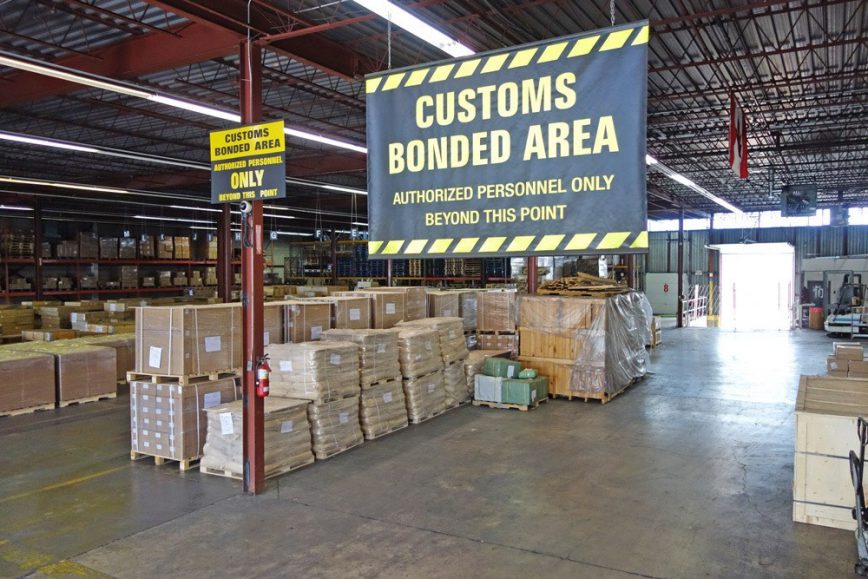Importers and exporters often avoid paying excise, taxes, and duties by using a third-party “bonded warehouse”.
“A bonded warehouse, or bond, is a building or other secured area in which dutiable goods may be stored, manipulated, or undergo manufacturing operations without payment of duty. It may be managed by the state or by private enterprise.”
Bonding exists in every developed country across the planet and is a vital and efficient way of moving goods around without capital outlay before sale.
One benefit that most importers and exporters utilise is only paying down taxes, duties or excise once goods are shipped leave the warehouse. Some bond providers can allow time for payments to come in from sales.
The problems arise when duties and taxes can exceed your payment capabilities resulting in stock being frozen in the warehouse until payment is made to the bond provider.
This is often the case with excise for imported liquor or duties on export locally made liquor. Having stock held by the warehouse can happen suddenly and without warning.
Your ability to fulfill customer orders could have you scrambling for a loan, or worse – selling down stock at a heavy discount to raise funds or negotiating expensive deals with your bond provider.
What’s the solution?
Cargo or inventory financing is a financing tool used by importers and exporters to release working capital from existing inventory.
You can release funds against your in-transit inventory or equipment with no additional collateral required. Lenders are typically seeking inventory that is being actively pre-sold to buyers or has residual values if sold on the open market.
Payment terms are often matched to fit your cash conversion cycle. As funds are released to pay down taxes or excise, inventory is delivered to buyers. As customers make payment on purchases, this repays funds raised against each advance to pay for duties or excise.
In most cases, additional funds are made available for working capital to assist the importer/exporter to fund other activities like freight, wages, and other costs.
Importantly, working capital will be released to buy more inventory and fulfil more orders.
Having a funding line in place to take care of unexpected cash flow gaps means smooth sailing as inventory moves through warehouses.
See if Stak can help your supply chain
. . .
We regularly share our thoughts on trade finance, lending, company culture, product strategy and design.
Stak works with clients that sell to some of the largest buyers in Australia & overseas.


